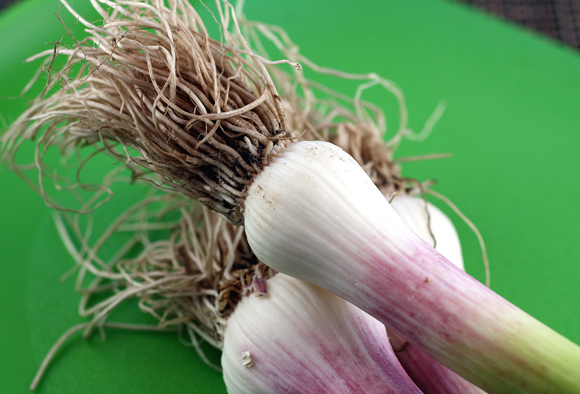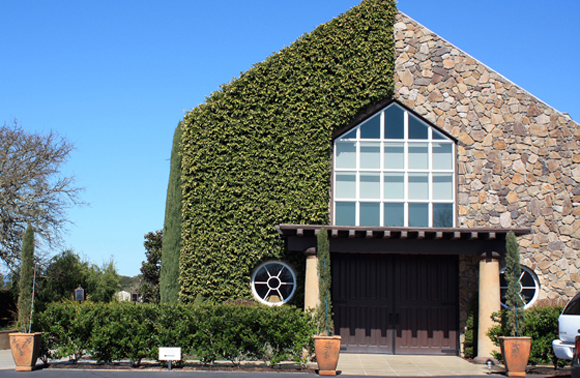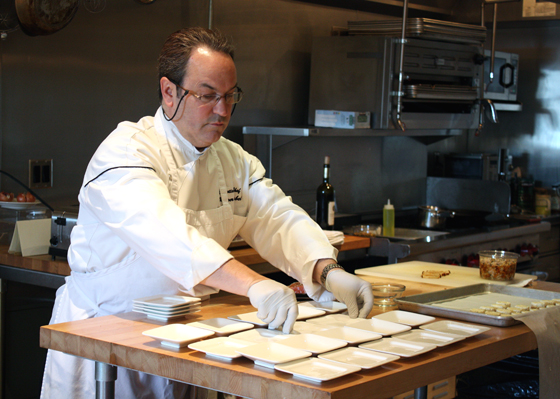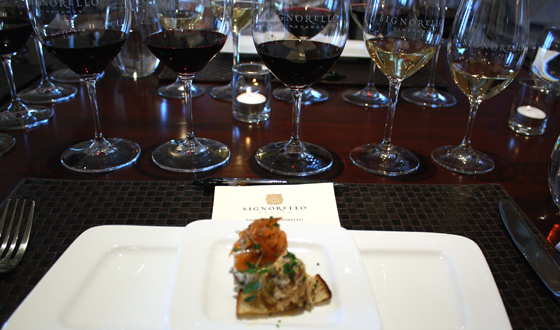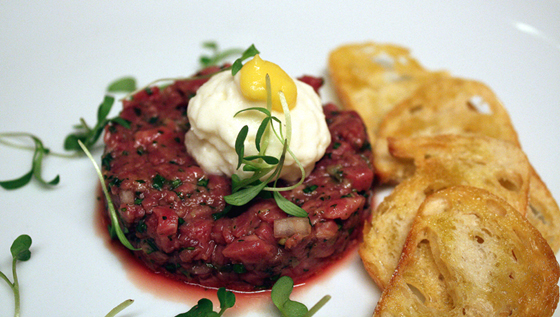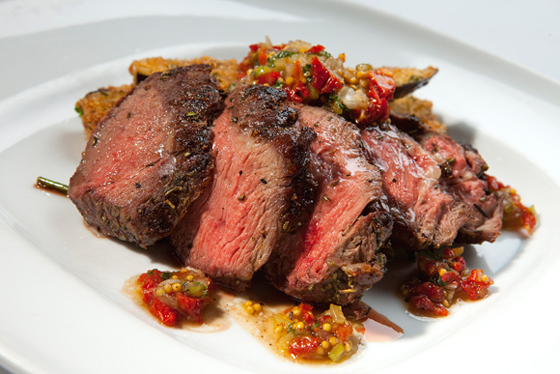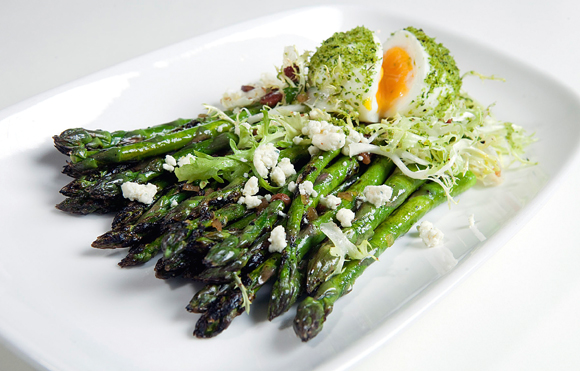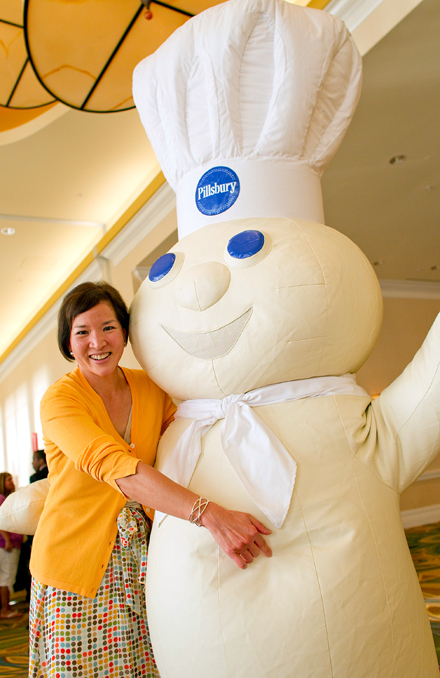
For two long days, I had to keep mum about one of the biggest secrets around — the name of the person to whom my fellow 11 judges and I had chosen to award a whopping $1 million.
After all, we had been sequestered in an unmarked room in the Hilton Bonnet Creek Resort in Orlando, Fla. , sworn to secrecy as we deliberated our decision for an entire day.
We had to be escorted to the bathroom if we needed to leave that guarded conference room. We had to sign confidentiality agreements. We were not to talk or compare notes with each other at the start, until the field had been greatly narrowed. There was even a paper shredder in the room to destroy any evidence that wasn’t supposed to see the light of day.
This is what you must do when you are a judge for the nation’s premier home-cooking contest, the 44th Pillsbury Bake-Off.
This was my second time as a judge for the iconic contest, in which tens of thousands of home-cooks vie to compete for the grand prize of $1 million by creating an original dish that incorporates at least two Pillsbury or General Mills products. Only 100 finalists are chosen to actually participate in the Bake-Off, where they are flown to Orlando to do battle in an expansive ballroom set up with 100 mini kitchens.
Talk about pressure all around.
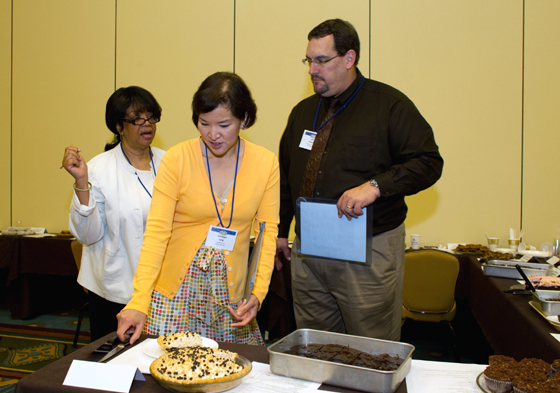
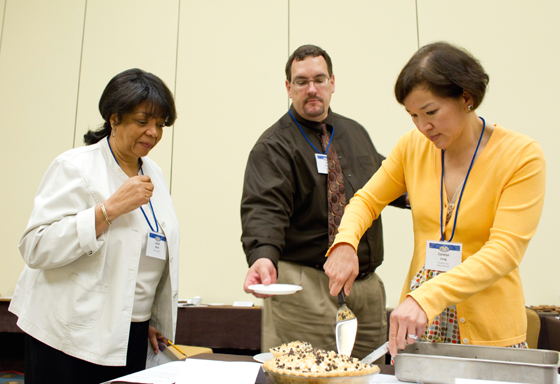
But I was up to the task, as were my fellow judges, who were made up of food writers and supermarket industry folks from around the country. About half of us had been Bake-Off judges before.
All of us had judged many food contests in our career. But it’s rare — if ever — that we have the opportunity to change someone’s life with a prize this substantial. As a result, we took our duties very seriously. We avoided reading anything to do with the Bake-Off for more than a year, as we had been instructed to do. We felt the great responsibility placed upon our palates to make the best decision possible, to choose the most deserving recipe that would uphold this contest’s storied history.
We were divided into four teams comprised of three judges each. Each team would be responsible for selecting the winner of one of four categories: “Breakfast & Brunches,” “Entertaining Appetizers,” “Dinner Made Easy,” and “Sweet Treats.” Each of those category winners would receive $5,000. After that was determined, we would all come together as judges to decide the grand prize winner from amongst those four category winners.
The last time around in 2002, I was asked to judge the desserts category. This time? Yup, you guessed it — I got the “Sweet Treats” category again. I guess the Pillsbury honchos have read my blog and figured out I have a major sweet tooth, huh?
Adding to the buzz this year was the fact that unlike other Bake-Offs, the grand prize winner was not going to be announced the next morning after we had made our decision. Instead, the four category winners would have to wait with bated breath until Wednesday — a whole two days later — when they would appear live on the “Oprah Winfrey Show” in Chicago, and America’s biggest media mogul, herself, would announce the grand prize winner on national television.
How’s that for lip-smacking culinary drama?
At 8 a.m. Monday, after the 100 contestants were safely secluded away at their kitchens in the ballroom so that we could not see them or have any contact with them, we judges were escorted through a nearby dark hallway to another conference room, where we would spend the next nine and a half hours of our lives with no other contact with the outside world. We weren’t allowed to bring our cameras. We weren’t allowed to tweet. We weren’t allowed to make any outgoing calls whatsoever.
The Pillsbury folks went the distance to make us feel comfortable. After so many years, they have it down pat. At the center of the room were comfy, suede-like couches and easy chairs arranged in a circle and built to hold exactly 12 people. The New York Times, and an assortment of magazines were on the coffee table, in case we needed a break between bites. Platters of pastries, as well as coffee and teas were available in case we needed to warm up our palates before our duties beckoned. And there were piles of cucumber slices, carrot sticks and celery sticks in case we needed to cleanse our palates.
At each corner of the room, each of four teams was stationed around a u-shaped set of tables set up to hold the dishes that we were to taste as they came in from the Bake-Off ballroom. Each table also held the recipes for the dishes. But no names or hometowns of the contestants were attached, so that the folks who cooked the dishes would remain a mystery to us.
The contestants had from 8 a.m. to noon to complete their dishes at least twice. One version would go to the judges, the other would be set aside for photographs.
You have no idea which dishes will come in first for judging. It depends on the logistics of the dish, as well as the swiftness of the cook.
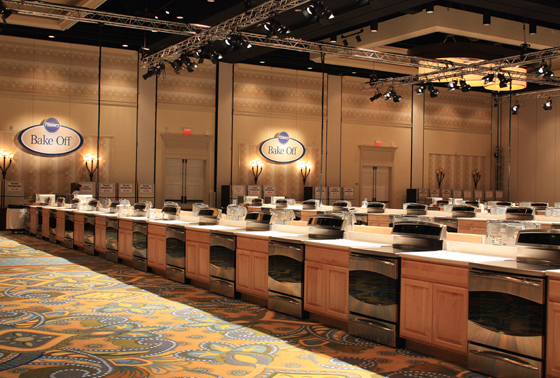
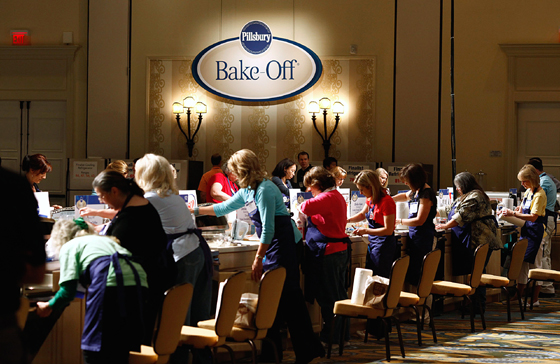
At 9 a.m., nothing had arrived yet for any of us to judge. Each time the doors swung opened, we’d all crane our necks to see if a dish was arriving. But each time, it was only a General Mills honcho entering or leaving the room.
Read more


